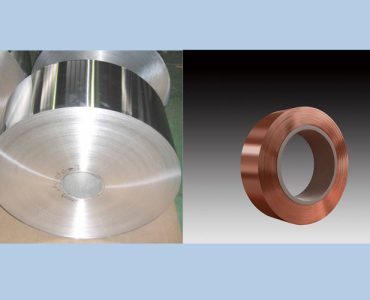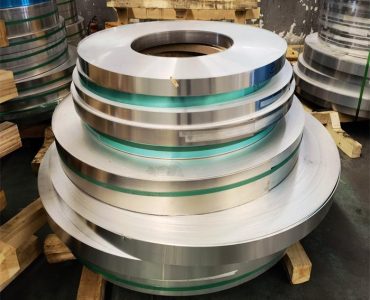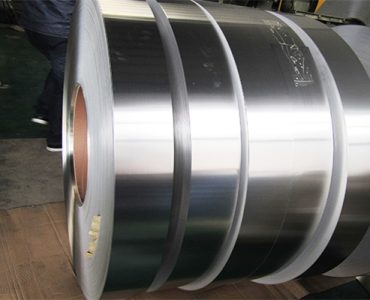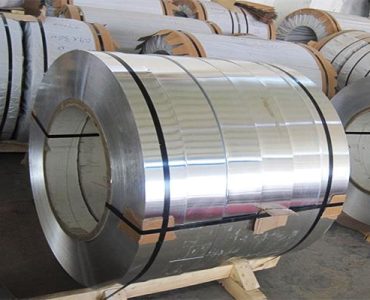Selecting the appropriate transformer aluminum strip is a critical decision that directly impacts the performance and efficiency of transformers. This guide outlines key factors to consider when making this important choice, ensuring optimal results and reliability in transformer applications.
1. Conductivity Requirements: Evaluate the specific conductivity needs of your transformer design. Determine whether the aluminum strip’s conductivity aligns with the desired electrical performance for efficient energy transmission.
2. Thermal Performance: Consider the thermal conductivity of the aluminum strip. High thermal conductivity contributes to effective heat dissipation, enhancing the overall longevity and reliability of transformers.
3. Corrosion Resistance: Examine the corrosive environment to which the transformer will be exposed. Opt for aluminum strip with a robust corrosion resistance to ensure sustained performance over the transformer’s operational lifespan.
4. Mechanical Strength: Assess the mechanical stresses and forces that the transformer may experience. Choose aluminum strip with sufficient mechanical strength to withstand these conditions without compromising its structural integrity.
5. Formability and Flexibility: Evaluate the ease of forming and shaping the aluminum strip to meet the specific winding and design requirements of the transformer coils.
6. Weight Considerations: Determine whether the weight of the transformer is a critical factor in your application. Aluminum’s lightweight nature can contribute to easier installation and transportation.
7. Cost-Efficiency: Balance performance requirements with budget considerations. Evaluate the cost-effectiveness of different aluminum strip options without compromising essential properties.
8. Manufacturing Process Compatibility: Ensure that the chosen aluminum strip is compatible with the manufacturing processes involved in transformer production, such as winding, soldering, and brazing.
9. Industry Standards and Regulations: Adhere to relevant industry standards and regulations when selecting transformer aluminum strip. Verify that the chosen material meets all necessary compliance requirements.
10. Supplier Reputation and Expertise: Choose a reputable supplier with a track record of delivering high-quality transformer aluminum strip. A knowledgeable supplier can provide valuable insights and guidance based on your specific needs.
Conclusion:
Selecting the right transformer aluminum strip involves a careful consideration of various factors that impact performance, durability, and cost-effectiveness. By evaluating conductivity, thermal properties, corrosion resistance, mechanical strength, and other critical aspects, you can make an informed decision that ensures the successful operation of transformers in your application.
For reliable and high-quality transformer aluminum strip tailored to your needs, explore our offerings and benefit from our expertise in transformer materials.



